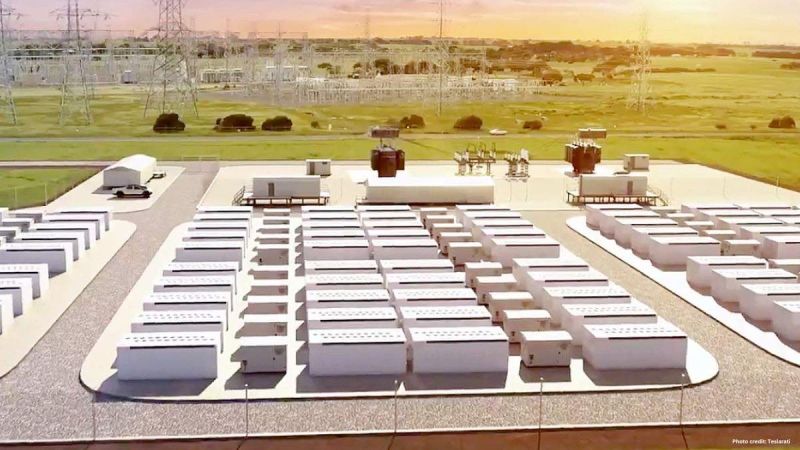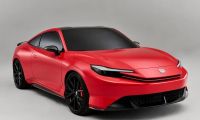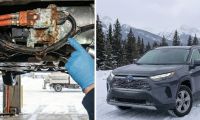As the world transitions to an electrified future, the strain on power grids becomes increasingly evident. The surge in demand for high-power usage, particularly for electric vehicles (EVs), has exposed the limitations of traditional grid infrastructure. However, a glimmer of hope lies in graphene and sodium sulfur (NaS) batteries. These advanced energy storage technologies offer thermally stable, on-site producible, and grid-demand offsetting capabilities, revolutionizing the way we approach the power grid challenge.

Photo Credit:Shutterstock
Thermal Stability and On-Site Production:
Graphene and sodium sulfur batteries boast exceptional thermal stability, eliminating the risk of thermal runaway. This makes them incredibly safe to use, offering peace of mind to both operators and consumers. Moreover, these batteries can be produced and dropped on-site at charging facilities, reducing power demand and enhancing convenience. Power pods (that is what I am calling them) enable efficient energy distribution and localized power generation by decentralizing the storage infrastructure.
Offsetting Peak Power Demand:
One of the critical advantages of graphene and sodium sulfur batteries is their ability to absorb and store excess energy (More energy-dense than lithium-ion and cooler running temps) during periods of low demand and release it during peak power times. This feature helps alleviate power grid stress during high EV charging demand periods, preventing blackouts and improving grid stability. Power pods contribute to a more balanced and resilient grid ecosystem by effectively managing energy flows.

Photo Credit: Shutterstock
Integration with Renewable Energy Sources:
The flexibility of power pods extends beyond demand offsetting. These battery storage solutions can be recharged using solar energy or extra power from the grid during low demand. Power pods align with sustainability goals and promote clean energy adoption by integrating renewable energy sources. This synergistic relationship between energy storage and renewable generation establishes a robust, eco-friendly charging infrastructure.
Enhanced Grid Resilience:
In addition to supporting the grid during periods of high demand, power pods also play a critical role in maintaining power supply during grid disruptions. In a temporary grid outage, power pods act as backup power sources, ensuring uninterrupted charging and essential electricity for critical infrastructure. Their presence enhances grid resilience, safeguarding against unforeseen disruptions and improving system reliability.
Conclusion:
As the world embraces the electric vehicle revolution, power pods emerge as a crucial component in ensuring the survival of our power grids. Graphene and sodium sulfur batteries offer thermally stable, on-site producible, and grid-demand offsetting capabilities. By harnessing the potential of these innovative technologies, we can bridge the gap between the current power grid limitations and the future demands of a sustainable transportation ecosystem. Power pods pave the way for a more efficient, resilient, and greener future, allowing the grid to undergo the necessary overhaul while accommodating the growing fleet of electric vehicles.
Thank you for embarking on this journey with us. Together, let's continue exploring, discovering, and unlocking new horizons. Stay tuned for more captivating content to fuel your curiosity and inspire your imagination. We appreciate your readership and look forward to you joining us on our next adventure. Until then, keep dreaming, reading, and coming back for more!
Also, watch Toyota suddenly bringing its BZ4X electric SUV concept to the United States on Torque News Youtube channel, and please subscribe to us on Youtube and follow on Twitter for daily Toyota and EV news reports.
Image source: Peter Neilson
Peter Neilson is an automotive consultant specializing in electric cars and hybrid battery technologies. He holds a Bachelor of Science in Automotive Service Technology from Weber State University. Peter can be reached on Linkedin and you can tweet him at The_hybrid_guy on Twitter. Find his page on Facebook at Certified Auto Consulting. Read more of Peter's stories at Toyota news coverage on Torque News. Search Toyota Prius Torque News for more in-depth Prius coverage from our reporter.











